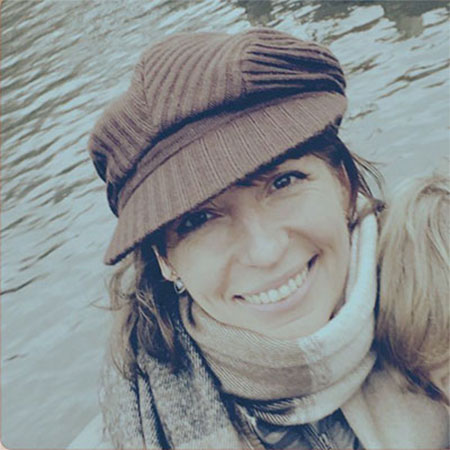


Developers of the San Fernando Valley, recently opened for settlement by the 1914 completion of the Owens Valley aqueduct, lobbied intensively for the CES to be relocated there. Three acts of the California Legislature in 1913 provided $185,000 to fund an enlarged CES to be located in one of the eight southern counties. In 1913, a record killing freeze in Southern California caused a panic throughout the $175 million citrus industry, which demanded more state-funded agricultural research. Dubbed the Rubidoux Laboratory, the initial purpose of the station was to concentrate on various soil management problems such as fertilization, irrigation, improvement of crops. Smith, a plant pathologist from Berkeley, was a scientist. However, the University's decision to concentrate on the development of the University Farm in Davis led to only two initial staff being assigned to the CES, only one of whom, Ralph E. On February 14, 1907, the University of California Board of Regents established the UC Citrus Experiment Station on 23 acres (93,000 m 2) of land on the east slope of Mt. On March 18, 1905, a legislative board of commissioners was appropriated $30,000 to select the site and implement the measure. Riverside California State Assembly member Miguel Estudillo worked with Reed and a committee of the Riverside Chamber of Commerce to draft Assembly Bill 552, which provided for a pathological laboratory and branch experiment station in Southern California. As founding member and chair of the Riverside Horticultural Club's experimental committee, he also pioneered a collaborative approach to conducting experimental plantings, and published more than 150 semitechnical and popular papers on citrus and other subjects between 18. John Henry Reed, a retired school superintendent and dry goods merchant from Ohio turned citrus grower, is credited with first proposing the establishment of a scientific experiment station specifically for citrus research in Southern California, and organized a vigorous lobbying effort of the local citrus industry towards that end. It originated from experimental navel orange plantings first conducted in Riverside, from cuttings introduced from Brazil. The Southern California "citrus belt" first emerged in the 1870s, and within two decades stretched eastward from Pasadena to Redlands beneath the foothills of the San Gabriel and San Bernardino mountains. The University of California Citrus Experiment Station The Rubidoux Laboratory 6 From 1990s to present: Riding Tidal Wave II.4 The Hinderaker administration, 1960s and 1970s.

3 The Spieth administration and designation as a general UC campus, 1950s and 1960s.1.2 Expansion and relocation to Box Springs.1 The University of California Citrus Experiment Station.


 0 kommentar(er)
0 kommentar(er)
